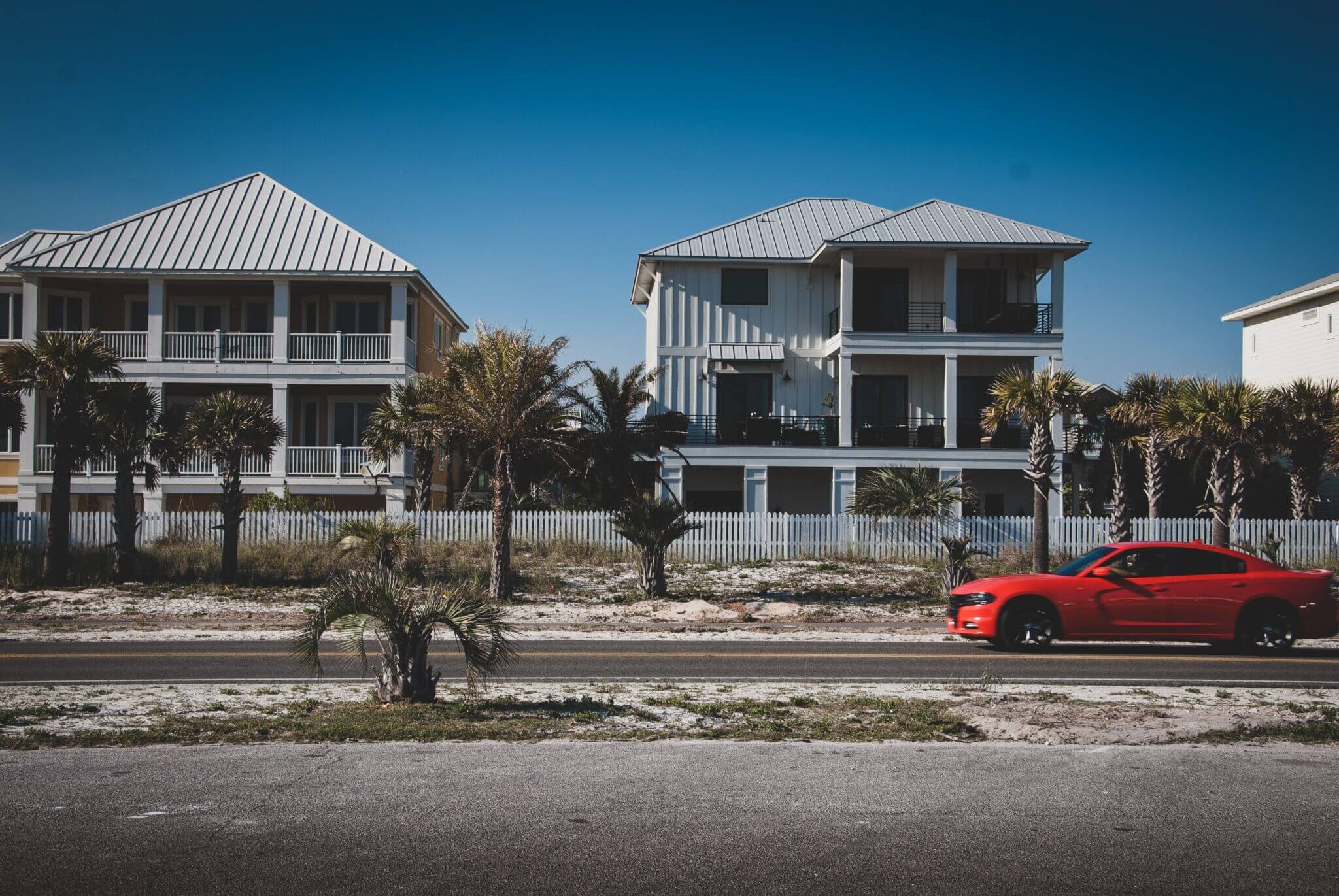Homeowners Insurance Overview
Homeowners insurance helps pay to repair or rebuild your home and replace personal property due to a covered loss. Although Florida law does not require homeowners’ insurance, some cities and counties require liability coverage if you own certain pets or a swimming pool. Liability coverage pays for non-automobile-related injuries to other people, or damage to their property for which you are legally responsible.
For mortgaged homes, the lending institution will require full insurance coverage on the structure, including flood (if located in a special zone), fire, liability, windstorm, etc. Some developments and subdivisions may also require insurance.
There are various types of residential insurance including homeowner, condominium, renters, and mobile home policies. All these types of insurance provide property and liability coverage. The property coverage insures against perils such as fire, wind, hail, vandalism, and theft. The perils covered depend on the type of policy you purchase.
Keep in mind that your homeowner policy does not include coverage for floods. If you need flood insurance, contact us.
Special Issues Regarding Homeowner’s Insurance
- Replacement Cost vs. Actual Cash Value:
Replacement cost is the amount necessary to replace or repair your damaged property with materials of similar kind and quality, without deducting for depreciation (the decrease in the value of your home or personal property due to normal wear and tear). Actual cash value is the amount needed to repair or replace damage to your home or personal property after depreciation. For example, the insurance company would deduct for the age and condition of a 17-year-old roof with a 20-year life expectancy. - Market Value vs. Replacement Value:
Homeowners’ insurance policies often provide replacement cost coverage for the dwelling in the event of a loss. As such, insurance companies require policyholders to purchase an amount of insurance equal to the cost to rebuild the home using current construction costs. This is very different from the market value of the home. The market value of a home is the amount the home is worth if you were to sell it today. The two amounts can be very different. Most replacement cost policies require you to carry a certain percentage of the replacement value (normally 80%) at all times. If you fail to carry the correct amount of coverage, you may be responsible for a percentage of a partial loss. For instance, if you carried a $100,000.00 coverage limit when in fact the amount needed to meet the policy requirements is $200,000.00 and you have a partial loss of $50,000.00, the company would only pay $25,000.00 of the partial loss which is 50% of the claim. The formula used in the example above is the amount of insurance carried divided by the amount of insurance needed, times the amount of loss, equals the amount payable for the claim by the insurance company. - Additional Living Expense (ALE):
ALE provides coverage for “additional” expenses of an insured that must live elsewhere due to a loss to the insured residence by a covered peril. It pays only reasonable “excess” (above and beyond normal expense) expenses until the property is habitable. Most policies will provide ALE when a civil authority prevents access to the insured home due to damage to neighboring homes. Since policy forms are different from company to company, you should always consult your own policy provisions or agent. Please note: Florida law does not require insurance companies to pay ALE up-front. The insurance company may require you to keep receipts and submit them to the company to receive payment. - Mold and Fungi:
Some insurance companies exclude damage caused by mold and fungus from their policies. Some offer a buy back provision, and some limit the amount they will pay. Keep in mind even when the coverage is provided, it pays damages as a result of a covered peril only. For example, flood is not a covered peril on your homeowner’s policy. Therefore, the mold resulting from the flood may not be covered either. - Law and Ordinance Coverage:
This endorsement pays for the enforcement of any law or ordinance regulating the construction, repair, or demolition of a building or structure after it is damaged. For example, if your home was only 50% destroyed but your local ordinance required the remaining 50% to be torn down and rebuilt, this coverage would pay, up to the amount purchased, toward tearing down and rebuilding the undamaged 50% of your home. Insurance companies are required to include this coverage at 25% of the dwelling limit and you must sign a waiver to remove the coverage. In addition to the 25%, the insurance companies must also offer a limit of 50%. However, you may be able to purchase additional limits.


